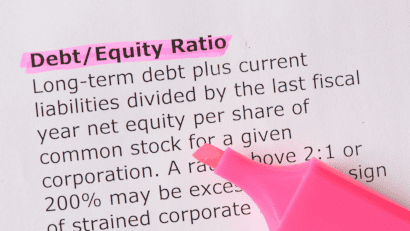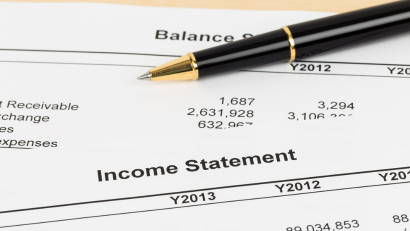The accounts receivable turnover ratio measures the number of times a company collects its receivables over a period (average).
In this guide, you’ll learn:
- What is the accounts receivable turnover ratio?
- What are the accounts receivable turnover ratio formula?
- How to calculate your accounts receivable turnover ratio?
- What is the days’ sales outstanding (DSO) ratio in accounts receivable?
- What does the accounts receivable turnover ratio tell you?
- How to improve your accounts receivable turnover ratio?
What is Accounts Receivable Turnover Ratio?
Imagine, at the start of the year, a plumbing business had a receivables balance of $50,000. At the end of that year, they noticed their receivables balance was now $85,000. They wonder why and want to know how long it takes the business to collect payment from its customers. The ratio lets you figure out how long it takes for customers to pay you and if you need to reevaluate your credit policies.
What is the Accounts Receivable turnover ratio formula?
The A/R turnover ratio formula is:
Net Credit Sales
Average A/R
Net credit sales are the sales offered to customers on credit. These sales do not include the customers paid in cash, because cash sales do not create receivables.
The average A/R is the beginning and ending receivable balances (January to December).
How to calculate your A/R turnover ratio?
Calculating your A/R turnover ratio is straightforward. So let’s continue the story I told above.
At the beginning of the year, the plumbing business had a receivables balance of $50,000. They generated gross credit sales of $250,000, and at the end of the year, they noticed their receivables balance was now $85,000.
To calculate their ratio, they just plug in these numbers into the formula to get:
A/R Turnover Ratio =
$250,000 = 3.7
($85,000 + 50,000) / 2
The A/R turnover ratio comes out to 3.7, so the plumbing business collected its receivables only 3.7 times during the year.
What is the day’s sales outstanding (DSO) ratio in A/R?
Now the plumbing business knows its ratio, but now what? What if they want to know precisely how long it takes to receive payment? You need to take the days in your accounting period, usually 365 days, and divide that with the ratio.
Days’ Sales Outstanding (DSO) Ratio =
365 = 98.6 days
3.7
What does the accounts receivable turnover ratio tell you?
Knowing the plumbing company collects its accounts receivable 3.7 times a year (99 days on average) is not good. That means if the plumbing business has a net 30 credit policy, mostly all their customers are paying late. When assessing the accounts receivable ratio, keep in mind that a high ratio is good (usually 10+), and a low one is not. If it’s low, investigate what could be wrong and do your best to correct it.
How to improve your accounts receivable turnover ratio?
When you find your customers are late in making payments and you find yourself cash strapped, it is time to take action. Here are tips to help you collect your accounts receivables and prevent late payments.
View Accounts Receivable (A/R) Aging Report
It seems obvious, but knowing who is late will help you target those who might become into bad debt, like 60-90 days past due receivables. You can do this by viewing your accounts receivable (A/R) aging report. If you use QuickBooks Online, you can print one out quickly.
The accounts receivable (A/R) aging report will list all your accounts receivable that are current and delinquent. Here you can go through the list and start making calls to remind these customers they are late and, if possible, help them make an immediate payment over the phone or online.
Send Reminders
With so many things a person has to do daily, forgetting to pay a bill. Sometimes sending a friendly reminder will help you get your payment. For example, remind your customers when an account is due within seven days and again within three days.
Offer Discounts (Incentives)
Customers love deals; who doesn’t? Offering a discount for early payment can boost your on-time payments and increase your cash flow. For example, you can provide a 1% discount if a customer pays within ten days, such as 1/10 Net 30.
You can also encourage customers to sign-up for auto-pay by offering a discount or incentive. With auto-pay, you can feel confident you will get your payments on time.
Remember that the accounts receivable turnover ratio is a great way to see how long your business takes to collect payments from customers. Knowing this information can help you correct any issues with your accounts receivable and avoid any cash flow problems in the future.




